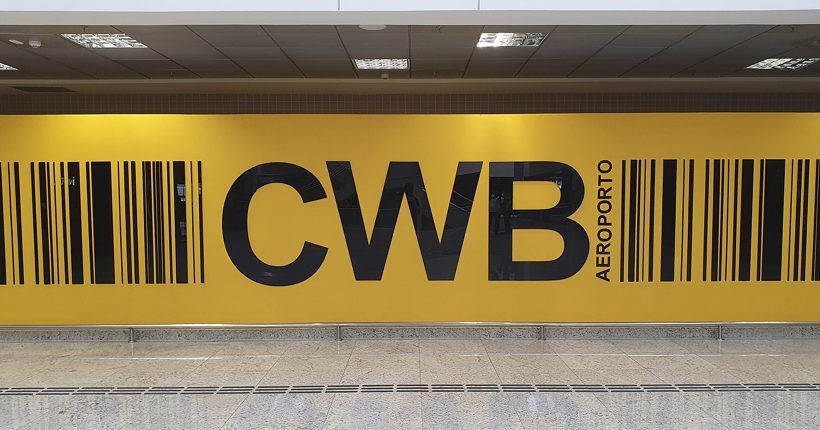The Cultural Diversity of Brazil: Accents, Music, and Dances from the Regions
Brazil is a vast country, filled with stories, influences, and traditions from all corners of the world. Its cultural richness is reflected in an impressive diversity of accents, music, and dances. In each region of Brazil, culture transforms and blends with local traditions, creating a unique identity. Let’s take a trip around the regions of Brazil and explore these cultural variations?
Northeast: The Energy of Forró and Axé
The Northeast of Brazil is a cultural powerhouse. The northeastern accent is one of the most distinctive in the country, with its own musicality blending African, Indigenous, and Portuguese influences. Forró music and dance dominate the festivals, while Axé takes over the carnivals. In Maranhão, the bumba-meu-boi brings joy to popular festivals, while frevo and maracatu are key representatives of Pernambuco’s culture. Northeastern cuisine is also unbeatable, with typical dishes like feijoada, sarapatel, and carne de sol.
North: Indigenous Influence and the Rhythm of Carimbó
The North of Brazil has a strong Indigenous cultural presence, which reflects in the accent and music. Native languages influence the way people speak, creating a unique and melodic rhythm. Carimbó, a traditional dance from Pará, is the main rhythm of the region, blending Indigenous and African influences. In Amazonas, the boi-bumbá stands out with vibrant and colorful performances. The music in the North is also shaped by the sounds of the forest, and dances like the Círio de Nazaré are celebrated with great devotion. Northern cuisine is characterized by the use of fish and Amazonian ingredients like açaí, tacacá, and river fish.
Central-West: Sertanejo Music and the Rhythm of the Pantanal
The Central-West of Brazil is where the sertão (backcountry) becomes prominent. The accent of the region is influenced by a mix of peoples and large distances, creating a unique way of speaking. In terms of music, sertanejo music dominates, especially in Goiás, Mato Grosso, and Mato Grosso do Sul. The quadrilha dance, a feature of the June festivals, is one of the most traditional. However, the Pantanal also offers influences from dances and music with Indigenous roots, such as fandango. Central-Western cuisine is based on meats, rice, beans, and pequi, a typical fruit of the region.
Southeast: The Eclectic Samba and Funk Carioca
The Southeast is Brazil’s cultural engine, a melting pot of influences from all parts of the country and the world. Rio de Janeiro is globally known for samba, especially samba de roda and samba-enredo, but also for its samba schools that parade in the famous carnival celebrations. São Paulo is the financial hub but also a cultural center that blends influences from all regions of Brazil, as well as immigrant cultures, such as Italian, Japanese, and Arab. In Espírito Santo, congo and batuque music stand out, with African influences. Contemporary music is also thriving, with funk carioca dominating the parties and carnival. The cuisine of the Southeast is rich and varied, with Italian, Portuguese, and African influences, featuring dishes like feijoada and pão de queijo.
South: German, Italian, and Gaucho Heritage
The South of Brazil has a strong European influence, especially German, Italian, and Polish, which directly impacts the accent and cultural traditions. Root music, like fandango from Rio Grande do Sul, and Gaucho traditionalism with its dances and songs, are dominant. Chimarrão, vaneira dance, and traditional gaucho barbecue are defining elements of the region. In Santa Catarina and Paraná, the German and Italian immigration influences are very visible, with traditional festivals like Oktoberfest and the Folk Dance Festival, as well as Italian food and German gastronomy. Softer, melodic rhythms like tango and polka are also part of the regional culture.
Comparing Paraná, Santa Catarina, and Rio Grande do Sul
The South of Brazil consists of three states, each with its own cultural peculiarities.
Paraná: In Paraná, the influence of Italian and German immigration is clear in the cuisine, traditional festivals, and dances. Folklore dances and Gaucho traditionalism are also present, especially in cities like Ponta Grossa and Curitiba. Paraná is also known for its passion for football, with prominent teams like Atlético Paranaense and Coritiba. Barbecue is also a strong tradition in Paraná’s cuisine.
Santa Catarina: Santa Catarina has a strong German presence, especially in cities like Blumenau, Joinville, and Pomerode. Traditional festivals, like Oktoberfest in Blumenau, are key cultural expressions. Additionally, the Italian influence is strong in cities like Criciúma and Florianópolis, with typical dances and cuisine. The state is famous for its beaches and cultural festivals that blend European and Brazilian elements.
Rio Grande do Sul: Rio Grande do Sul is the most "gaucho" region of Brazil, with a strong presence of traditionalism and Gaucho folklore. Chimarrão, Gaucho music, and barbecue are the state’s trademarks. In southern Rio Grande do Sul, the Azorean culture also plays a role. Traditional music and fandango dance are celebrated in several cities, particularly Porto Alegre.
Curitiba’s Culture: A Blend of Traditions
Curitiba, the capital of Paraná, has a unique culture that reflects the mix of influences from all over Southern Brazil and beyond. The city has a strong presence of European immigrants, especially Italians, Germans, and Poles, who left their mark on the cuisine, architecture, and cultural traditions.
Curitiba’s music is marked by a fusion of traditional and modern rhythms. Festivals, such as the Festa de Nossa Senhora do Guadalupe, combine elements from Indigenous, Portuguese, and European cultures. The local cuisine, beyond traditional lamb and gaucho barbecue, incorporates elements of Italian cuisine, such as pasta and polenta, as well as German food with hearty, delicious dishes.
Curitiba is also known for its focus on sustainability and urbanism, with cultural initiatives that involve both the preservation of historical heritage and the promotion of contemporary art. Moreover, the city is famous for its Christmas celebrations, attracting visitors from all over Brazil.
In short, Curitiba is an example of a city that knows how to blend its European influences with local cultural characteristics, creating a unique identity in the Brazilian context. By exploring the many cultures that influence the city, you will discover a Curitiba with its own charm, capable of enchanting every visitor.













